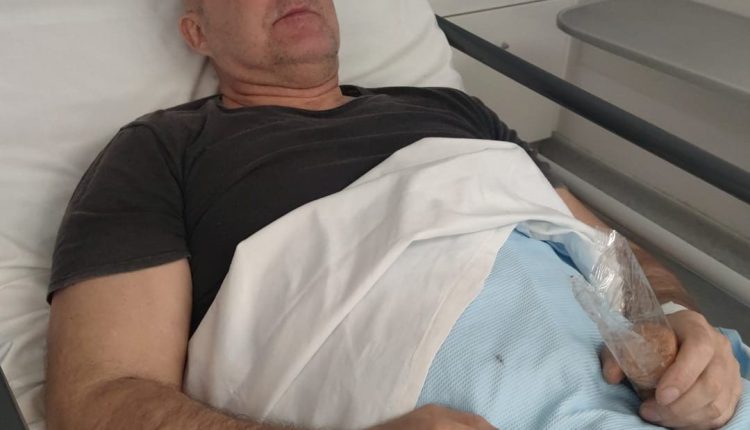Private Donations Essential For Cancer Treatment In 2025: Here’s Why
You might assume that having the NHS means you’re fully covered for any cancer treatment you could possibly need. After all, the UK’s healthcare system provides treatment without the upfront costs that many other countries face.
However, there’s a gap between what the NHS can offer and what some patients .
The Reality of Treatment Limitations
When you or someone you love receives a cancer diagnosis, you expect that the NHS will provide the necessary care. The NHS does offer oncology services and access to established treatments that help many patients each year.
But not every cancer responds to standard treatments. Some rare or aggressive forms of the disease require specialised approaches that fall outside NHS protocols. These treatments might be too new, too experimental, or considered too costly for the NHS to provide routinely.
Understanding the Financial Gap
The treatments that aren’t available through the NHS often come with substantial price tags. Specialised cancer therapies can cost tens of thousands or even hundreds of thousands of pounds. These aren’t luxury treatments – they’re potentially life-saving interventions that simply aren’t accessible through public healthcare.
You might wonder why the NHS doesn’t cover these treatments. The answer often comes down to funding constraints, clinical trial stages, or specific eligibility criteria that don’t match every patient’s situation. The NHS operates within budget limits and evidence-based protocols, which sometimes means newer treatments remain out of reach.
Why Private Treatment Becomes Necessary
When standard NHS treatments prove insufficient, private healthcare offers alternative options. Private hospitals and clinics can provide access to newer treatments, clinical trials, or specialised approaches that target specific types of cancer more effectively.
The challenge is that private treatment costs can be overwhelming for ordinary families. Most people simply cannot afford costs that exceed their annual income.
Real Stories of Hope and Community Support
Asta Pratapaviciene recently found herself in exactly this situation. When her partner Raimondas received a glioblastoma diagnosis, she discovered that traditional NHS treatments like radiotherapy and chemotherapy are often ineffective against this aggressive brain cancer. Research revealed that specialised private treatment could offer hope, but the cost was far beyond what they could afford.
Her GoFundMe campaign represents the reality many families face – the need to bridge the gap between NHS provision and life-saving private care. The campaign has already attracted support from 168 donors who understand that sometimes the difference between hope and despair comes down to accessing the right treatment at the right time, but it needs significantly more support if it’s going to be successful.
How You Can Make a Difference
Understanding these healthcare gaps helps explain why medical fundraising campaigns aren’t just requests for charity – they’re often desperate attempts to access treatments that could save lives. When you see campaigns like Asta’s, you’re looking at families who have exhausted NHS options and are reaching out for community support to access their next best hope.
Your contribution to medical fundraising campaigns directly impacts whether someone can access potentially life-saving treatment. Even small donations add up to create opportunities that wouldn’t otherwise exist.
If you’re moved by stories like Asta and Raimondas’s, consider how could help bridge the gap between NHS coverage and the specialised care that could make all the difference in their fight against cancer.


Comments are closed.